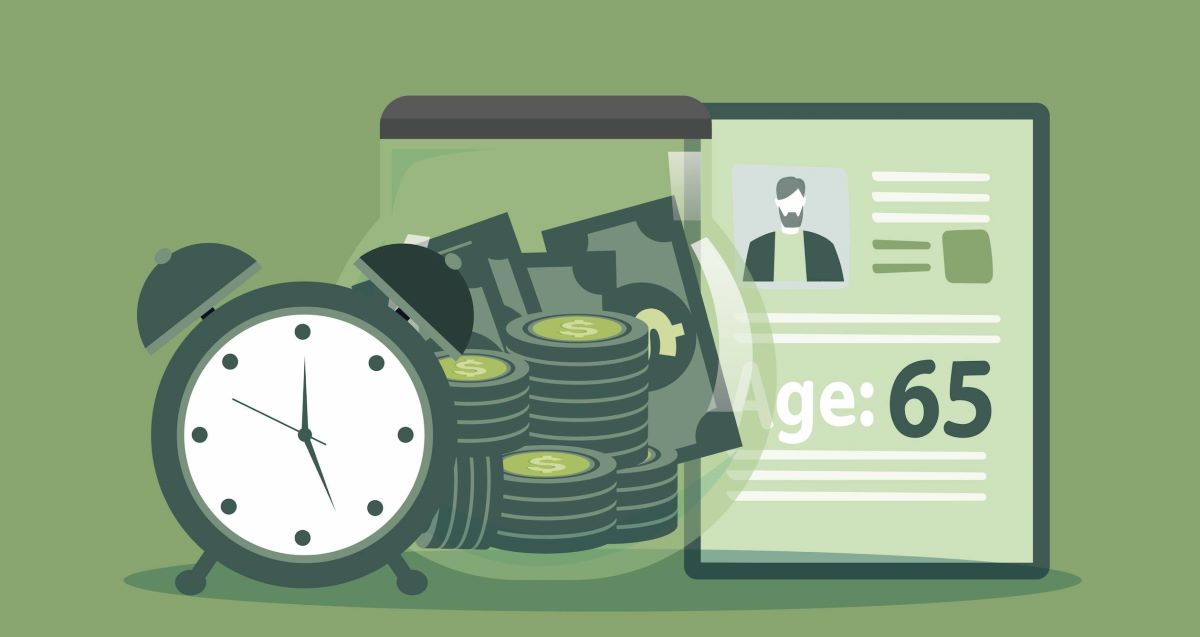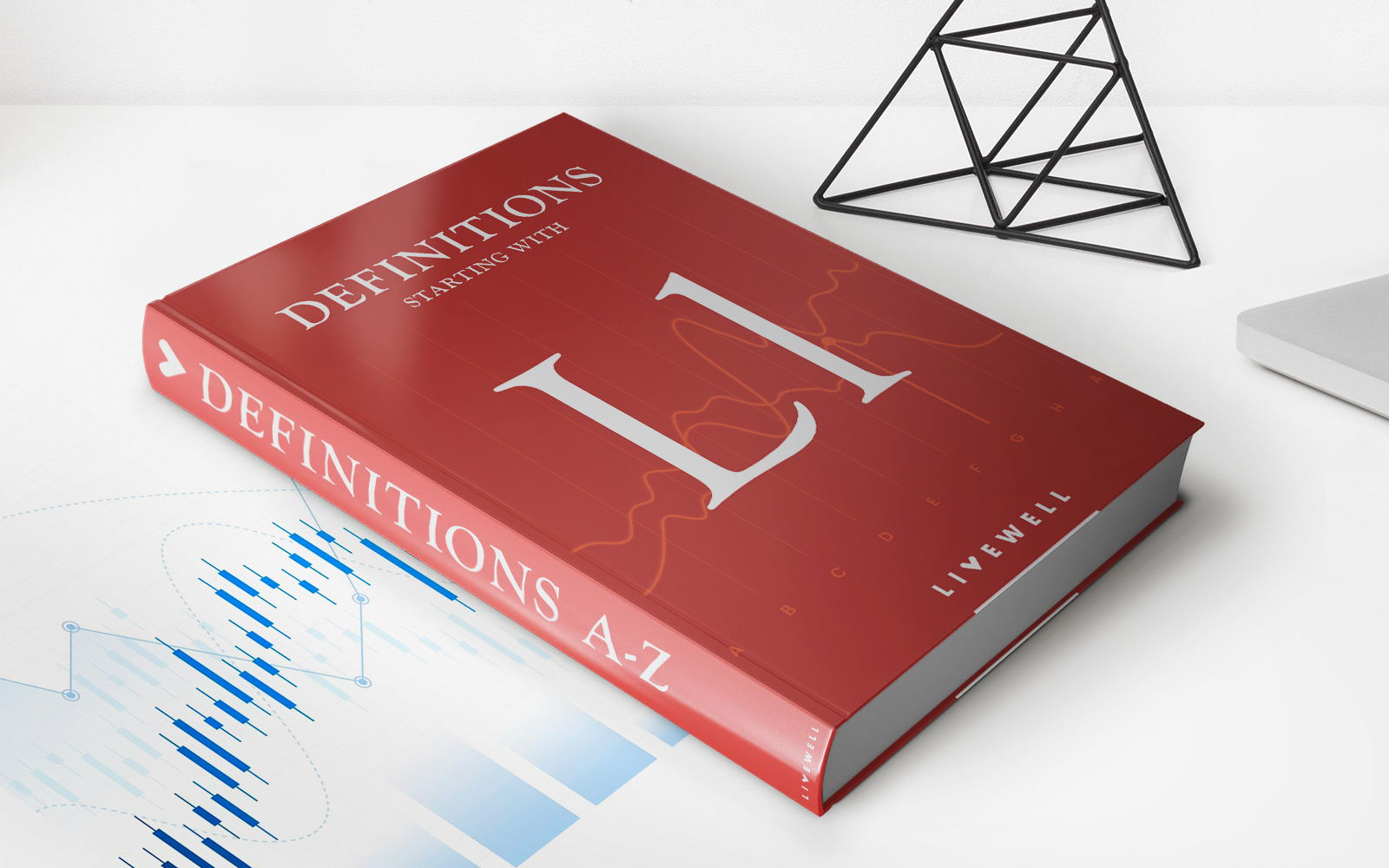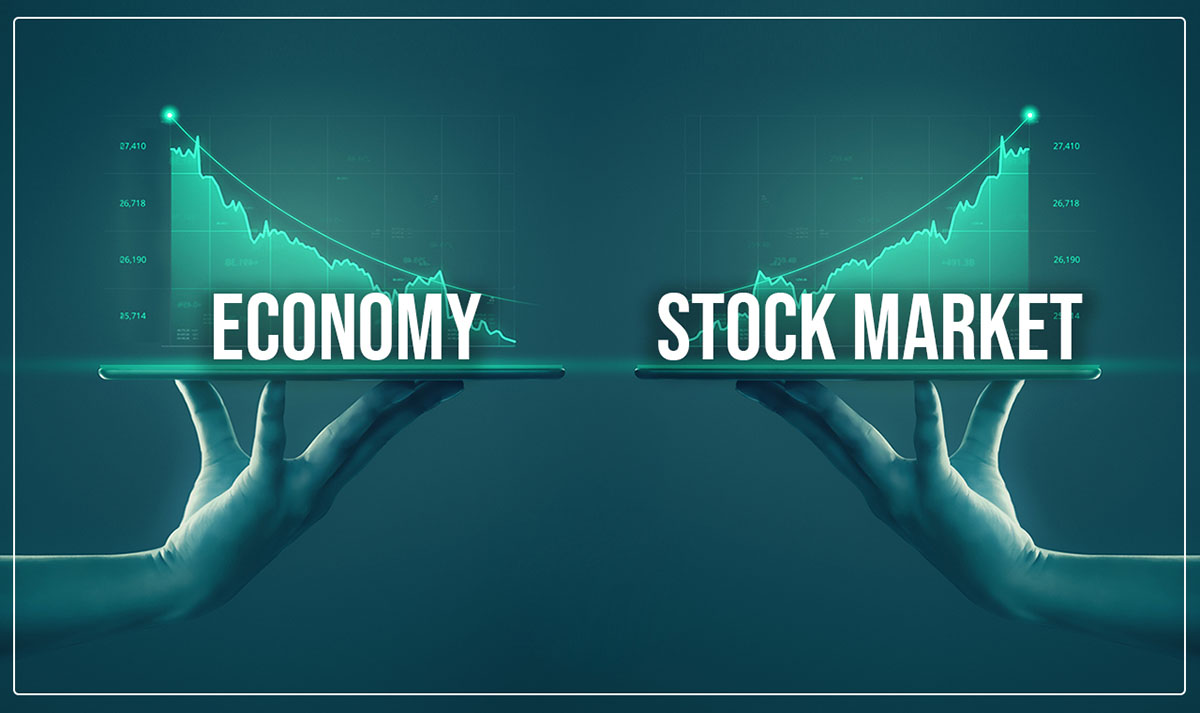Home>Finance>What Happens When You Only Pay Statement Balance


Finance
What Happens When You Only Pay Statement Balance
Published: March 2, 2024
Learn the impact of paying only your credit card statement balance and how it affects your finances. Explore the consequences of this payment strategy. Discover the financial implications.
(Many of the links in this article redirect to a specific reviewed product. Your purchase of these products through affiliate links helps to generate commission for LiveWell, at no extra cost. Learn more)
Table of Contents
**
Introduction
**
Credit cards have become an integral part of modern-day financial transactions, offering convenience and flexibility to users. However, managing credit card payments can sometimes be a complex task, especially for those new to the world of personal finance. One common point of confusion for credit card users is understanding the implications of paying only the statement balance. This article aims to shed light on this topic, providing insights into what the statement balance represents and the potential outcomes of paying only this amount. By the end of this article, you will have a clearer understanding of the impact of paying solely the statement balance on your overall financial well-being.
Understanding the dynamics of credit card payments is crucial for maintaining a healthy financial profile. With this in mind, we will delve into the concept of the statement balance, explore the consequences of making minimum payments, and discuss the advantages and disadvantages of paying only the statement balance. Additionally, we will provide practical tips for effectively managing credit card payments to help you navigate this aspect of personal finance with confidence and knowledge. Let's embark on this insightful journey to unravel the intricacies of credit card payments and empower ourselves with the information needed to make informed financial decisions.
**
What is the statement balance?
**
The statement balance on a credit card represents the total amount you owe to the credit card issuer at the end of a billing cycle. This balance is outlined in the monthly statement provided by the credit card company, detailing the transactions, payments, fees, and interest accrued during that billing period. It is essential to grasp the significance of the statement balance, as it serves as a snapshot of your outstanding debt at a specific point in time.
When you make purchases or incur charges using your credit card, these transactions contribute to your statement balance. This balance reflects the sum of all your recent credit card activity, including purchases, cash advances, balance transfers, and any applicable fees or interest. The statement balance is distinct from the current balance, which represents the total amount owed at any given moment, considering transactions that occurred after the issuance of the latest statement.
It is important to note that the statement balance typically includes the new charges made during the billing cycle, as well as any outstanding balance carried over from previous months. This cumulative amount constitutes the minimum payment due, which is the minimum sum required to keep the account in good standing and avoid late fees and penalties.
Understanding the statement balance is fundamental for effectively managing credit card payments and maintaining financial stability. By comprehending the components that contribute to this balance and the implications of carrying it forward, you can make informed decisions regarding your payment strategy and overall debt management.
**
What happens when you only pay the statement balance?
**
When you choose to pay only the statement balance on your credit card, you are essentially addressing the minimum amount required to fulfill your financial obligation for that billing cycle. While this action may seem sufficient, it is important to recognize the potential implications of solely paying the statement balance.
By paying only the statement balance, you are technically carrying forward the remaining portion of your outstanding balance to the next billing cycle. As a result, any unpaid balance will start accruing interest, subjecting you to additional finance charges. This can lead to a gradual increase in the overall amount owed, as the unpaid balance continues to accumulate interest over subsequent billing periods.
Furthermore, by carrying a balance forward, you may compromise your credit utilization ratio, which is a crucial factor in determining your credit score. Credit utilization ratio is the proportion of your credit card balances to your credit limits, and it plays a significant role in shaping your creditworthiness. When you carry a high balance forward by paying only the statement balance, your credit utilization ratio may elevate, potentially impacting your credit score negatively.
Another consequence of paying only the statement balance is the prolonged duration of debt repayment. By allowing a portion of the balance to remain outstanding, you extend the timeline for settling the debt, leading to a prolonged financial commitment and increased interest payments over time.
It is important to recognize that consistently paying only the statement balance can perpetuate a cycle of debt accumulation and interest accrual, potentially hindering your financial progress and creating additional challenges in managing your credit card debt effectively.
**
Pros and cons of paying only the statement balance
**
When considering the decision to pay only the statement balance on your credit card, it is essential to weigh the advantages and disadvantages associated with this approach. Understanding the pros and cons can help you make informed choices regarding your credit card payments and overall financial well-being.
Pros:
-
Immediate Financial Flexibility: By paying the statement balance, you fulfill the minimum payment requirement, ensuring that your account remains in good standing. This can provide immediate relief by addressing the immediate financial obligation without necessitating the full repayment of the outstanding balance.
-
Short-Term Debt Management: Paying the statement balance can serve as a short-term strategy to manage your financial commitments, especially during months when cash flow may be constrained. It allows you to meet the minimum payment requirement while deferring the repayment of the remaining balance to the following billing cycle.
-
Preservation of Credit Score: By meeting the minimum payment obligation, you avoid potential negative repercussions on your credit score, such as late payment penalties or adverse reporting to credit bureaus. This can help safeguard your creditworthiness in the short term.
Cons:
-
Accrual of Interest: By carrying forward a portion of the balance and paying only the statement balance, you subject the remaining amount to interest charges, leading to increased overall debt and long-term financial costs.
-
Extended Debt Repayment: Opting to pay only the statement balance prolongs the duration of debt repayment, potentially leading to a cycle of persistent debt and continued interest accrual, impeding your financial progress.
-
Impact on Credit Utilization: Carrying a high balance forward can elevate your credit utilization ratio, potentially affecting your credit score and creditworthiness, especially if this becomes a recurring pattern.
-
Long-Term Financial Costs: The accumulation of interest on the unpaid balance can result in higher long-term financial costs, as the outstanding debt continues to accrue interest over subsequent billing cycles.
It is important to weigh these factors carefully and consider the long-term implications of paying only the statement balance, especially in the context of your overall financial goals and debt management strategy.
**
Tips for managing your credit card payments
**
Effectively managing credit card payments is essential for maintaining financial stability and minimizing unnecessary costs. Here are some valuable tips to help you navigate the realm of credit card payments with confidence:
-
Understand Your Statement: Familiarize yourself with the components of your credit card statement, including the statement balance, minimum payment due, interest rates, and any additional fees. This understanding will empower you to make informed decisions regarding your payments and overall debt management.
-
Pay More Than the Minimum: Whenever possible, strive to pay more than the minimum amount due. By exceeding the minimum payment, you can accelerate the reduction of your outstanding balance and minimize the accumulation of interest over time.
-
Create a Payment Schedule: Establish a consistent payment schedule to ensure that you meet your financial obligations in a timely manner. Setting up automatic payments or reminders can help you stay on track and avoid missed or late payments.
-
Monitor Your Credit Utilization: Keep a close eye on your credit utilization ratio and aim to keep it below 30% to maintain a healthy credit profile. By managing your credit utilization, you can positively impact your credit score and overall creditworthiness.
-
Strategize Debt Repayment: If you carry a balance forward, consider formulating a structured debt repayment plan to systematically reduce your outstanding balance. Prioritize higher-interest debts and explore consolidation or balance transfer options to streamline your repayment strategy.
-
Seek Financial Guidance: If you find yourself struggling to manage your credit card payments or debt, do not hesitate to seek professional financial guidance. Certified credit counselors or financial advisors can provide personalized insights and strategies to help you navigate challenging financial situations.
-
Avoid Unnecessary Charges: Exercise prudence in your credit card usage to minimize unnecessary charges and fees. Be mindful of your spending habits and strive to use your credit card responsibly to avoid accumulating excessive debt.
-
Regularly Review Your Statements: Routinely review your credit card statements to identify any discrepancies, unauthorized charges, or irregularities. Promptly addressing any issues can safeguard your financial security and prevent potential financial losses.
By implementing these tips and adopting proactive financial practices, you can effectively manage your credit card payments and cultivate a healthy approach to debt management and financial responsibility.
**
Conclusion
**
Navigating the realm of credit card payments requires a comprehensive understanding of the implications of paying only the statement balance. While this approach fulfills the minimum payment requirement, it can lead to long-term financial consequences, including the accrual of interest, extended debt repayment, and potential impacts on creditworthiness. By comprehending the dynamics of the statement balance and its implications, you can make informed decisions regarding your credit card payments and debt management strategy.
It is crucial to recognize that paying only the statement balance may provide immediate relief, but it can lead to prolonged debt and increased financial costs over time. By proactively managing your credit card payments, striving to pay more than the minimum, and monitoring your credit utilization, you can mitigate the risks associated with carrying forward a balance and work towards financial stability and debt reduction.
Empowering yourself with knowledge and adopting prudent financial practices, such as creating a payment schedule, strategizing debt repayment, and seeking professional guidance when needed, can significantly impact your financial well-being. By implementing these tips and staying attuned to your financial obligations, you can effectively manage your credit card payments and cultivate a responsible approach to debt management.
Ultimately, understanding the implications of paying only the statement balance equips you with the insights needed to make sound financial decisions, minimize unnecessary costs, and work towards achieving your long-term financial goals. By embracing proactive financial management and informed decision-making, you can navigate the complexities of credit card payments with confidence and pave the way for a secure financial future.














